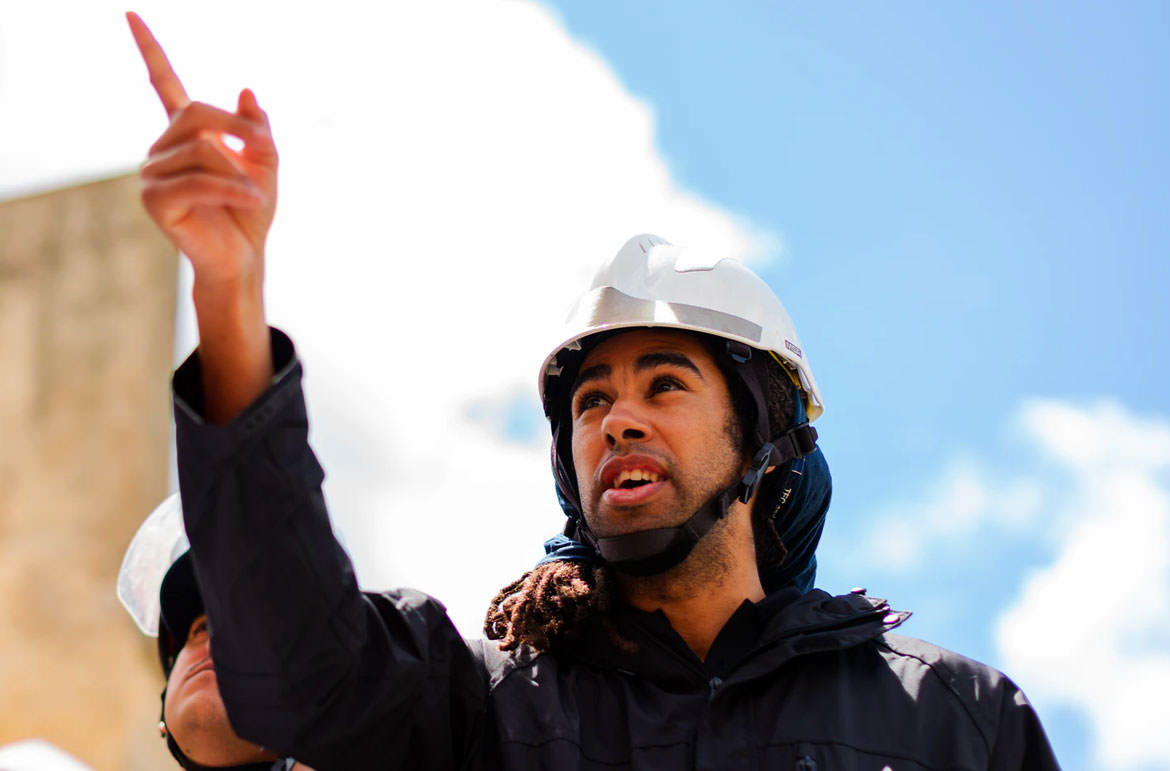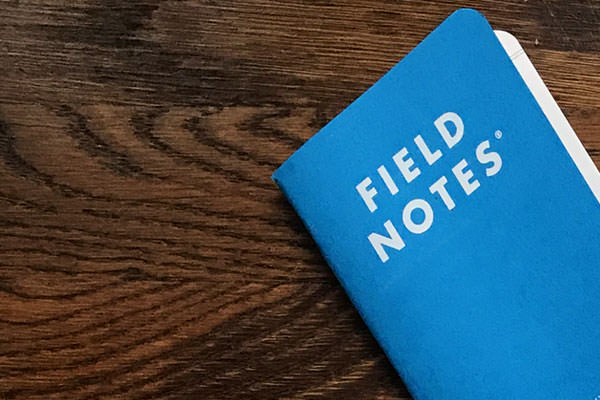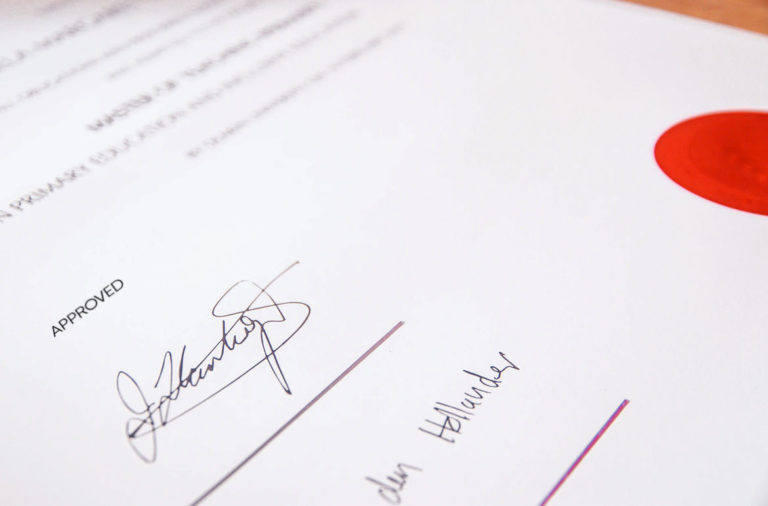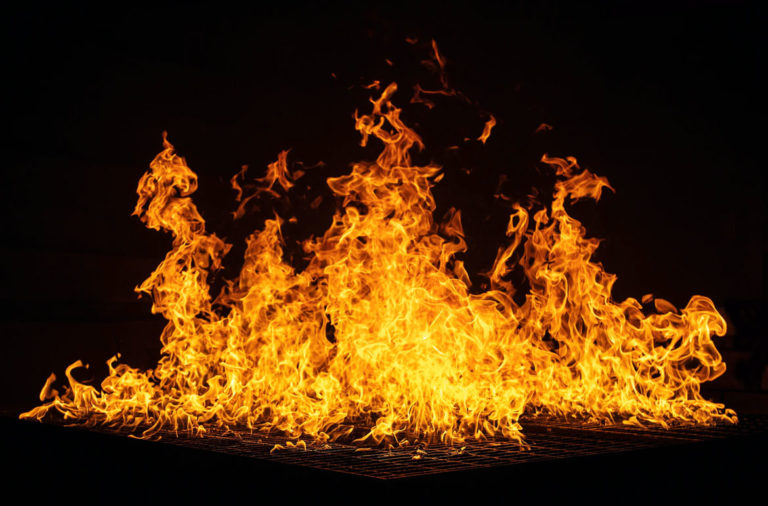
If you are thinking about building a granny flat, you may have noticed that you will need a certifier to come to your property more than once. So, what does a granny flat certifier do?
The role of a certifier is to authorise your building work. Make sure everything is completed legally (as per your approved plans). This ensures that the final granny flat is safe for people to live in. After their very last inspection, (if you pass) they will issue you with a occupation certificate. This confirms it is safe to live in.
Today I will cover all the inspections that a granny flat certifier undertakes. I will let you know your options for a granny flat certifier and how you can find one.
DON'T PAY A FORTUNE FOR YOUR GRANNY FLAT. Find out how to deal with council and build a granny flat for the lowest cost possible. Learn More.
Finally, I will explain what you need from your certifier to ensure your granny flat is legally approved!
There are also a few reasons why this is so important. (This I cover below).
What Inspections Does a Granny Flat Certifier Undertake
A granny flat certifier will come out to your property and conduct inspections four (4) different times, at various stages of your build.
The very first inspection will be of the foundation on which your granny flat is going to be built – either a concrete slab or piers.
If your foundation is a concrete slab, they will inspect how you have pegged out the land before the concrete is laid.

All major inspections need to be passed for your granny flat
This is to ensure that you have used the correct reinforcement required for your property:
- That your land is level and has been compacted enough.
- That enough reo (the necessary steel/fibres) have been used inside the concrete.
If your foundation is on piers, the certifier will inspect the footings (holes) in the ground. They will make sure that they have been dug to the correct specifications. This inspection is based on what the engineer advised you to do.
Their second inspection will be of your frame.
The certifier will check how it has been put together – basically, they are making sure it is safe.
For example, there is an object called “triple grips” that are used on your roof frame. These are grips that are nailed in between the rafters (trusses) on the roof and the frame itself.
The purpose of these are to protect the roof from damaging winds – so, if extreme winds come along, the roof will not blow off. You can imagine why these inspections are very important, next time you see a storm blowing outside your window.
The certifier will also be checking to make sure the frame is made the way it is shown in your plans. The building plans that you were gained approval for. Either through your:
for example they will be making sure that you have not put in any new, odd shaped windows in strange spots. Or added in anything at all that wasn’t part of the plan in your DA/CDC.
You are only granted a construction certificate based on specific plans. Changing these plans half way through your build is a big “no-no”.
This inspection is required to make sure your frame is being installed correctly, ensuring that it is structurally safe.
Their third inspection will be of your water drainage.
Though a plumber also performs an inspection, this is something totally different than what your plumber will examine.
The certifier will want to look at the overflow from your water tank (also called the “overflow-trench“).
They will want to know where you have placed your trench – that is, that it is in the right spot as per your plan. This inspection is necessary so they know that, when the trench gets full of a heavy downpour of rain, and then overflows, they know where that run of water will go.
Their fourth (and final) inspection will be to hand you over your Occupation Certificate.
At this visit, the certifier will legally approve your granny flat. What this means is that the dwelling is safe, so you are now able to legally:
- Allow someone to live in there, and
- Insure it.
This means that you will not get into any trouble if something goes wrong when people are living in the granny flat.
There are a few more details to the inspection mentioned above, however I wanted to cover the main ones that people ask me about.
I will elaborate on the importance of this certificate below.
Granny Flat Certifier Options
You have two options for a certifier:
- A private certifier (a fully qualified, usually local person who lives in your area) or
- The certifier from the local Council.
Both have their advantages and disadvantages, which I’ve discussed in detail in the article “Private Certifier vs. Local Council – Which One Should You Choose?”.
How to Find Granny Flat Certifiers
If you choose to use the certifier from your local Council, give them a call and ask if you are able to speak to the certifier. This will give you a good idea of how hard it may be to book the Council certifier in your area. It’s not as simple as picking up the phone and arranging an inspection with a Council certifier.
They are usually quite busy, and so require a lot of notice in advance. It may even take you a few phone calls before you can make contact with them.
If you choose to use a private certifier, it is wise to ask for recommendations from friends or family who have used one before. If you are using a builder, you could also ask them to recommend you a certifier.
If neither of these are an option that is possible for you, you can always look up a ‘certifier’ in your local business directory.
The NSW Government website will help you know exactly what ‘category’ of certifier you need for your granny flat.
Once you have chosen a certifier, you must make sure you also check the Building Certifiers’ Public Register.
A quick search of this site, by either their name, their company’s name, or their registration number, will allow you to make sure that they are an accredited certifier.
Make Sure Your Certifier Will Be Ready for the Necessary Inspections
It is highly important to make sure that your certifier is ready to turn up on your site for every one of their inspections. As mentioned, a Council certifier can be hard to book – they generally need to be called in advance to lock in a date that they are free to come to your site.
This is the main advantage of a private certifier – they usually only need roughly 24 hours’ notice to book in a date to come for an inspection.
The reason it is of so much importance to have a date secured for each inspection with your certifier, is that:
- If the certifier is not on site when a part of the project is meant to take place, this can cause delays to your building schedule.
These delays can hold up your build, which can be very costly. So, I suggest you do some research as to how easy/not so easy it is to get hold of you Council certifier and arrange for them to come to your site.
What Will a Certifier Give You to Approve Your Granny Flat
When you finish building your granny flat, your certifier will make one final visit.
This is their last check to ensure that you complied with the plans in your Development Application DA/ Complying Development (CDC).
They will make sure that your secondary dwelling was:
- Completed legally, and
- Is now safe for people to inhabit.
If the certifier is satisfied that your granny flat is appropriately safe and fit for occupation, they will give you your Occupation Certificate (OC).
The OC is a legal document that states that you are now allowed to have tenants in your granny flat – that the certifier has found it acceptable to be occupied.
This means that you can also now get your granny flat insured.
This is a very important piece of paper, as it means that everybody living in the granny flat is safe, and you are safe if anything was to happen to them.
For example, if:
- A visitor of a tenant of the granny flat was physically injured, directly stemming from an accident caused by the granny flat, you should be covered by insurance.
The major problem with “illegal” granny flats is exactly that. No insurance company will honour claims made due to personal injury or damage caused to an illegal secondary dwelling.
Conclusion
When building your granny flat, you can choose either a private certifier, or one from the local Council.
It is important to arrange these certifiers’ to be available on time for each of their visits, to avoid any costly delays of your building work.
They will come and examine your work four times;
- 1st Inspection – Your foundation, ensuring it is built to the right specifications as advised by the engineer.
- 2nd Inspection – Your frame, ensuring you have put it together safely, exactly as it was designed in your plans (your DA or CDC).
- 3rd Inspection – Your water drainage, making sure your water tank (“trench”) is placed in the same spot as it was in your plans.
- 4th Inspection – The final inspection, to hand you your Occupation Certificate, if they believe the granny flat is safe.
This is the Certificate you have been waiting for – your granny flat is now legally safe to be occupied, and you are able to get insurance.












